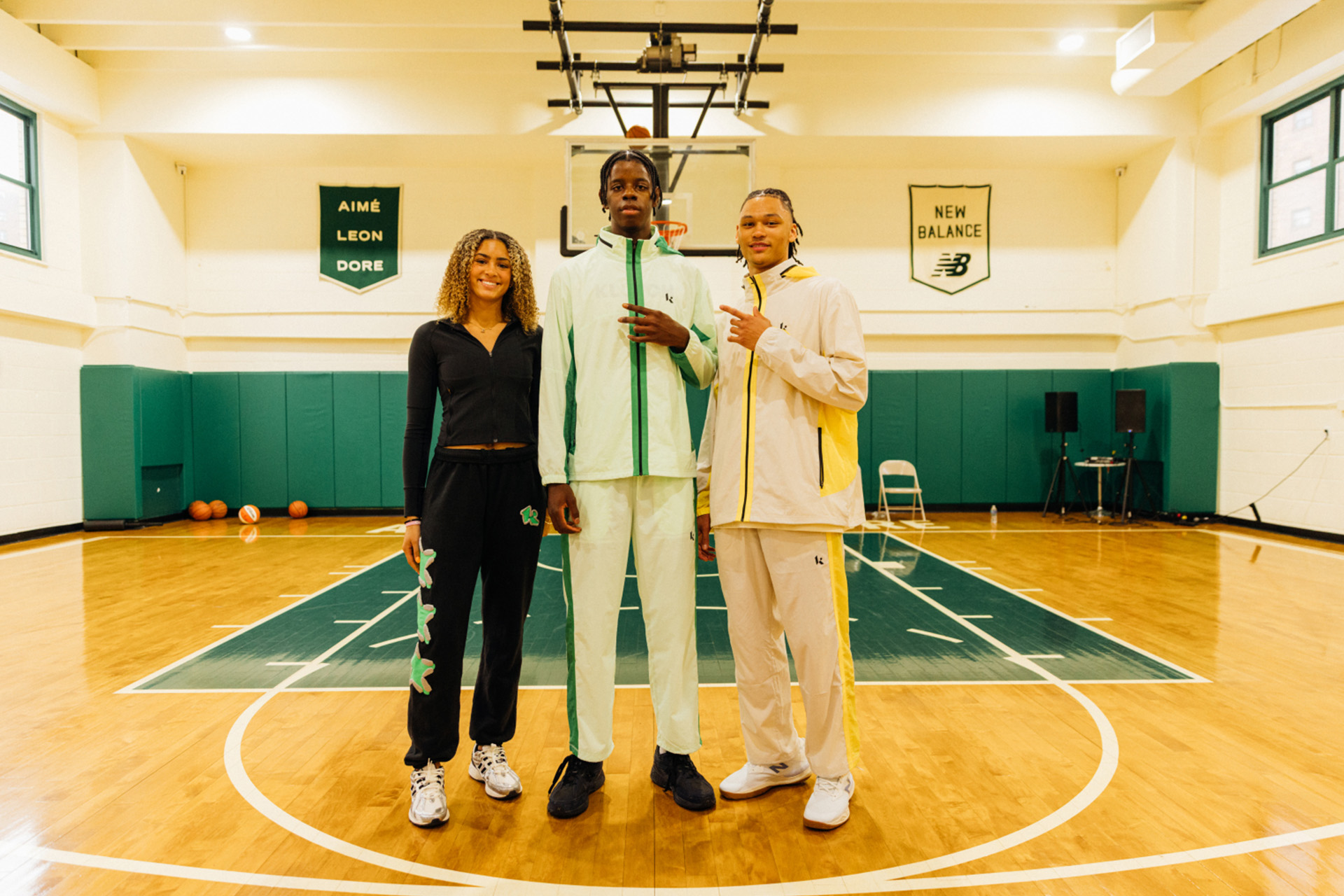[ad_1]


When players first begin learning about screens in basketball, they typically start by learning how to run a pick-and-roll and also how to “screen away” for a teammate.
An effective screen that is usually overlooked until much later is the flare screen.
This does make some sense as the flare screen requires a good amount of strength to be able to throw the necessary pass to a cutter coming off a flare screen…
But once players are strong enough and possess enough skill, the flare screen is a fantastic way to (1) get shooters an open look or (2) hit a screener slipping to hoop for an easy basket.
Below are the basics about a flare screen, including how you can use it offensively to score more points, and how you should guard it on the defensive end to keep it from hurting your team.
What is a Flare Screen in Basketball?
A flare screen occurs when a player sets a screen for a teammate cutting AWAY from the ball to a spot on the perimeter.
The cutter uses the screen to create space between him and his defender on the perimeter.
On the catch, the cutter can either shoot the ball if the defender goes under the flare screen or drive to the basket if he tries to go over it.


How to Run a Flare Screen
There are 4 essential steps for your team to properly execute a flare screen within your offense:
1. The Screen
The screen itself is the first step in a successful flare screen.
Most of the time, this screen will take place on the weak side of the floor, and most times at least even with the free throw line or higher.
The screener needs to make sure to get a nice wide base and get set early so the cutter knows where he is coming off of the screen.
As the screener gets set, his backside should be pointing in the direction the cutter should come off the screen to create the most effective flare screen and create the most space.
2. The Cut
Even if the flare screen is set well, it won’t necessarily matter if the cutter doesn’t do a good job setting it up.
The cutter needs to take a couple steps toward the ball and below the screener to get his defender to drop.
The cutter then must push off his inside foot and basically backpedal off the screener, rubbing shoulders with the flare screen in the process.
Ideally, the cutter should complete the cut directly behind the flare screen to create the biggest barrier for his defender to have to run through.
3. The Pass
The pass for a flare screen usually covers a lot of ground. So it needs to be thrown with both power and some height.
That means that more than likely the passer will need to throw an overhead pass so that it is able to reach the cutter over the screener’s head.
The passer needs to read the defender and make sure the cutter will be open before throwing it.
As soon as the passer sees the defender drop under the screen, then they should throw the pass so that it can be caught directly behind it.
But if the defender attempts to chase the cutter over the screen, then they have to be very careful whether they throw the pass or not.
4. The Read
Even if the screen, the cut, and the pass are all done correctly, it still won’t matter if the receiver doesn’t know how to read his defender after the flare screen.
If the defender drops below the flare screen, the cutter’s first thought should be to shoot the outside shot from behind the screener. If the player is not much of a shooter, sometimes a quick pump fake will draw the defender closer and open up a chance to drive.
If the defender tries to chase the cutter over the top of the flare screen, then there is a lot of space below the screen for a drive. So on the catch, the cutter can rip away from where the pass came from and attack the basket.
The other read is for the screener himself. If the screener’s defender tries to cheat up and help on the cut, then the screener can slip to the basket for a potential layup.
How to Defend a Flare Screen
If the offense does all of those steps correctly, defending a flare screen can be a very difficult challenge. However, the defense still has multiple options for how they can choose to guard it:
1. Go Under the Screen
If you’re facing a team that doesn’t shoot the ball well, then going under the screen is a common defense, daring the offense to shoot from the outside.
The defender would try to avoid the flare screen completely and slide through to the other side of it to prevent a drive to the basket.


2. Fight Over the Screen
If a team is full of good shooters or a defense wants to be particularly aggressive, they can fight over flare screens to try to stay connected to cutters.
This will make the pass much more difficult to complete, but it can also open up the cutter going around the flare screen and diving to the basket on a back door cut.


3. Switch the Screen
Plenty of defenses out there switch on every screen, including flares.
The difference between switching a flare screen as opposed to other screens is the direction the screener is facing. Because the screener is actually facing the ball, it makes it easier for them to slip to the basket and get a quick layup against a switch.
Defenses that want to switch must communicate extremely well and also make sure that the defender who switches to the screener stays inside and under the screener.


Conclusion:
The flare screen is an extremely effective offensive action that can create both open outside shots or driving lanes to the basket.
It typically isn’t taught to players until they are a little more experienced and physically developed so that they’re better able to complete the overhead pass a flare screen requires.
Defensively, a flare screen can be very difficult to guard. But if your defenders communicate well and stick to your defensive principles, it can at least make it more difficult for the offense to create an advantage with it.
Flare screens are a fantastic weapon for you to try to include in your offense and also for you to make sure to practice defending so your players know what to do the next time they see one. So make sure to include them the next time your team gets together.
[ad_2]
Source link





